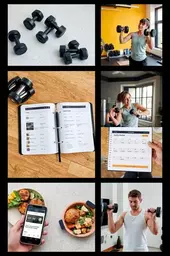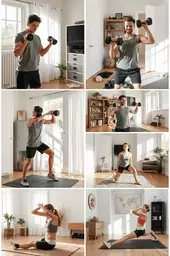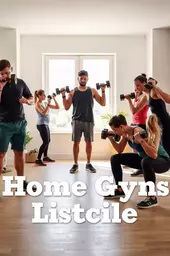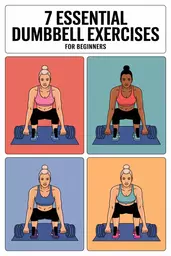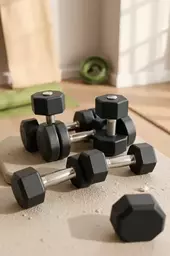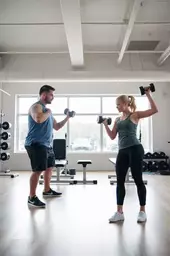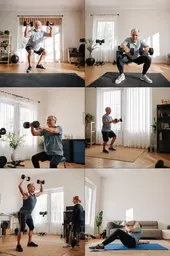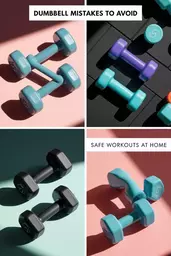
Master Dumbbell Techniques for Beginners' Success
Step 1: Choose the Right Dumbbells for You
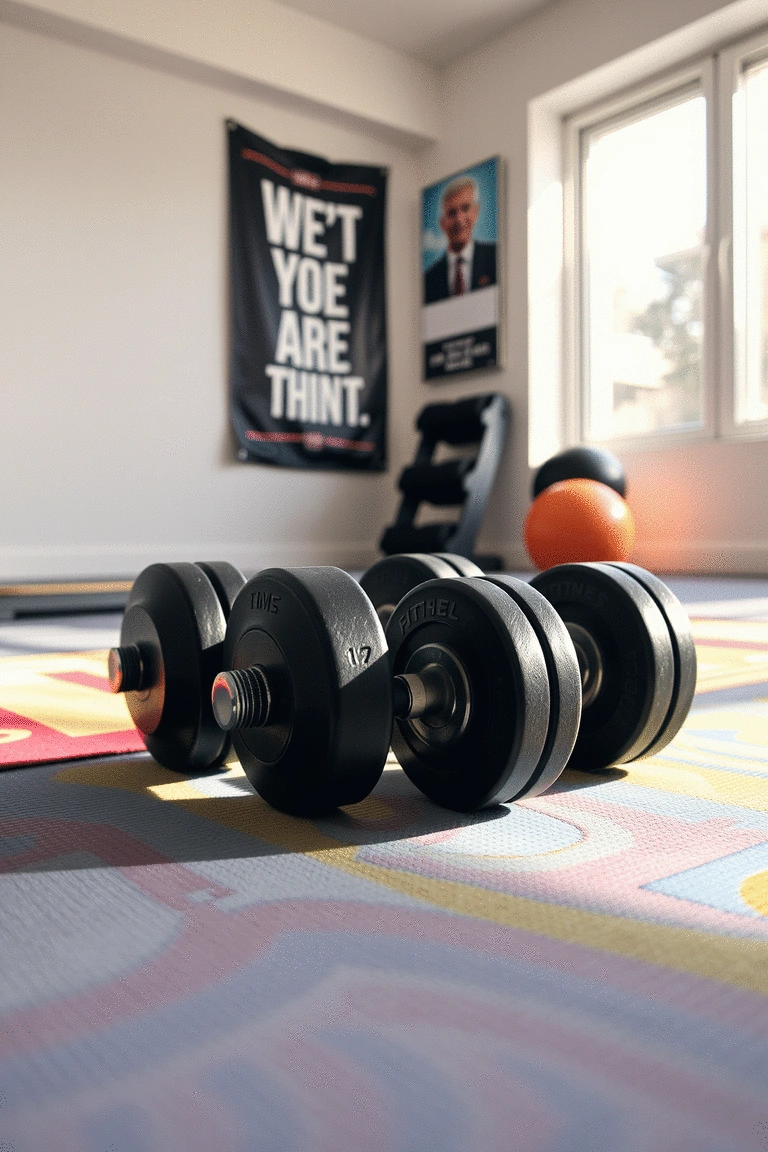
Selecting the right weights sets you up for success on your fitness journey.
Why this works: Choosing the right dumbbells tailored to your strength level ensures effective workout sessions. Using weights that feel comfortable yet challenging helps you build confidence and progress steadily without risking injury.
How to implement this step:
- Determine your weight range: Start with 5-10 lbs for beginners to gauge your strength.
- Consider adjustable options: Invest in adjustable dumbbells for versatility as you grow stronger.
- Test before buying: Visit a store to feel different weights and find what’s comfortable.
💡 Pro Tip: Prioritize comfort over aesthetics—select dumbbells that feel secure in your grip!
Step 2: Learn the Basic Form for Safety
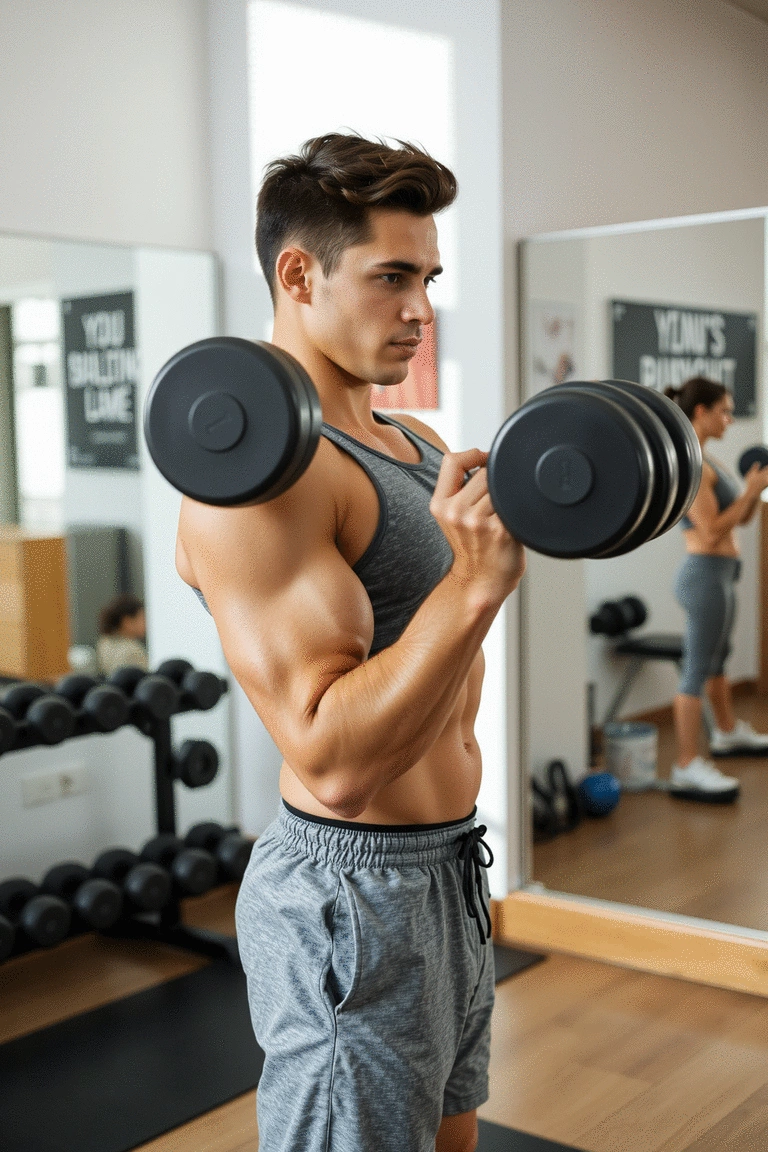
Mastering the right form boosts your confidence and prevents injuries.
Why this works: Proper form is essential for maximizing your results and preventing injury. Learning the basics ensures you build a solid foundation, allowing you to progress safely while boosting your confidence with every lift.
How to implement this step:
- Watch instructional videos: Find reputable sources demonstrating proper techniques.
- Practice in front of a mirror: Check your form as you perform each exercise.
- Start slow: Focus on mastering one exercise before moving to the next.
💡 Pro Tip: Consider working with a trainer for personalized guidance on your form!
Step 3: Master the Dumbbell Curl for Strength
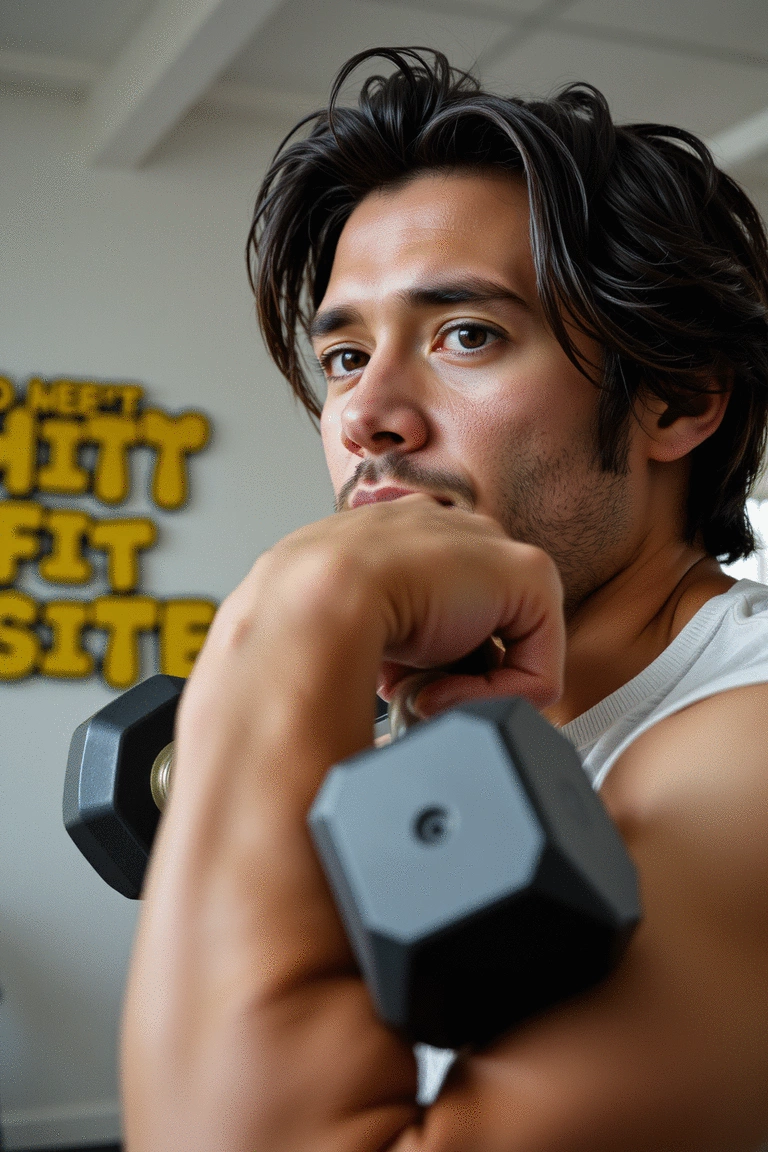
Bicep curls build arm strength and confidence in lifting.
Why this works: The bicep curl is a fundamental exercise that targets arm muscles, helping to build strength and endurance. As you see your progress, you’ll gain the confidence to tackle more challenging workouts.
How to implement this step:
- Stand tall: Keep your back straight and feet shoulder-width apart.
- Lift with control: Slowly curl the weights toward your shoulders, then lower them back down.
- Perform 3 sets: Aim for 10-15 repetitions in each set for best results.
💡 Pro Tip: Use a mirror to check your form and ensure you’re lifting correctly!
Step 4: Incorporate Dumbbell Squats for Full-Body Engagement
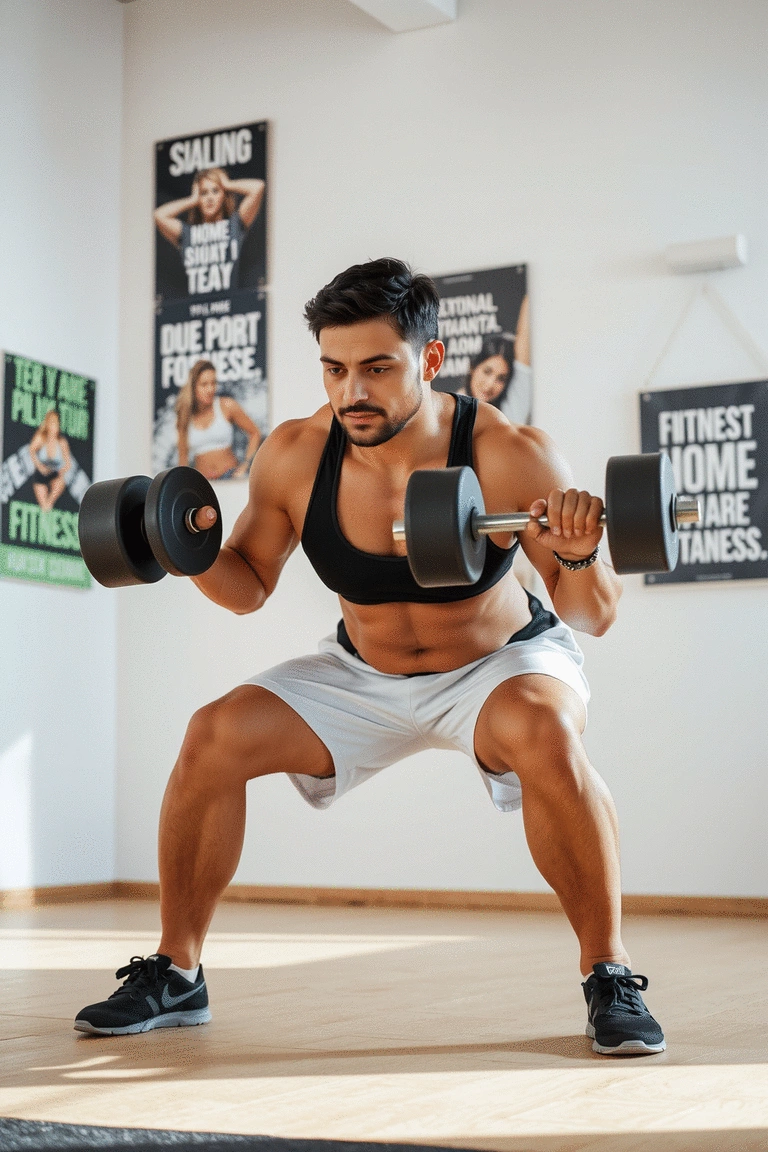
Dumbbell squats enhance your strength and stability.
Why this works: Squats with dumbbells target multiple muscle groups, improving your overall strength and posture. This compound exercise also builds confidence as you master your balance and coordination.
How to implement this step:
- Hold a dumbbell: Keep one weight in each hand, arms by your side.
- Lower your body: Bend at the knees and push your hips back as if sitting in a chair.
- Stand up tall: Push through your heels to return to the starting position.
💡 Pro Tip: Focus on your breathing—inhale going down, exhale as you lift!
Step 5: Try Dumbbell Rows for Upper Body Strength
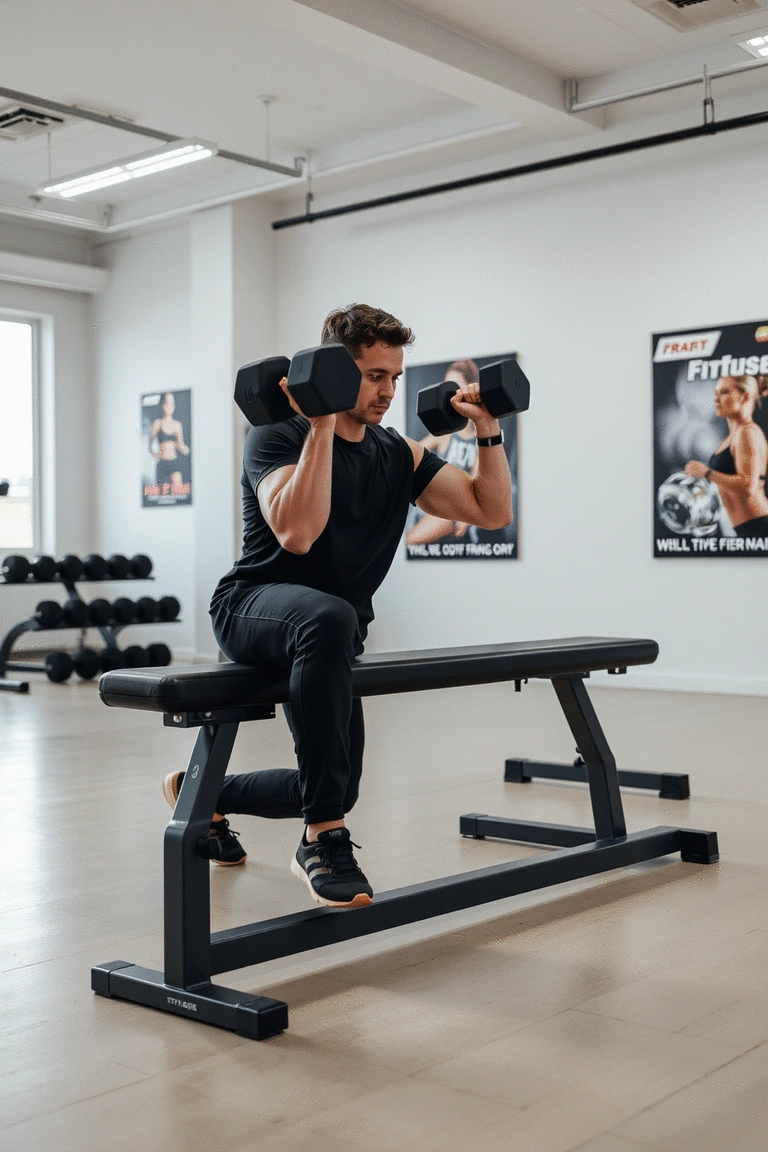
Dumbbell rows strengthen your back and enhance posture.
Why this works: Dumbbell rows focus on your back and shoulders, enhancing posture and muscular balance. As you build back strength, you’ll feel more confident in your overall physical capabilities.
How to implement this step:
- Place one knee on a bench: Keep your opposite foot flat on the ground for stability.
- Row the dumbbell: Pull the weight toward your hip while keeping your elbow close.
- Remember to switch sides: Complete 3 sets on both sides for balanced strength.
💡 Pro Tip: Engage your core during each row to maintain balance and stability!
Step 6: Combine Moves for a Full-Body Workout
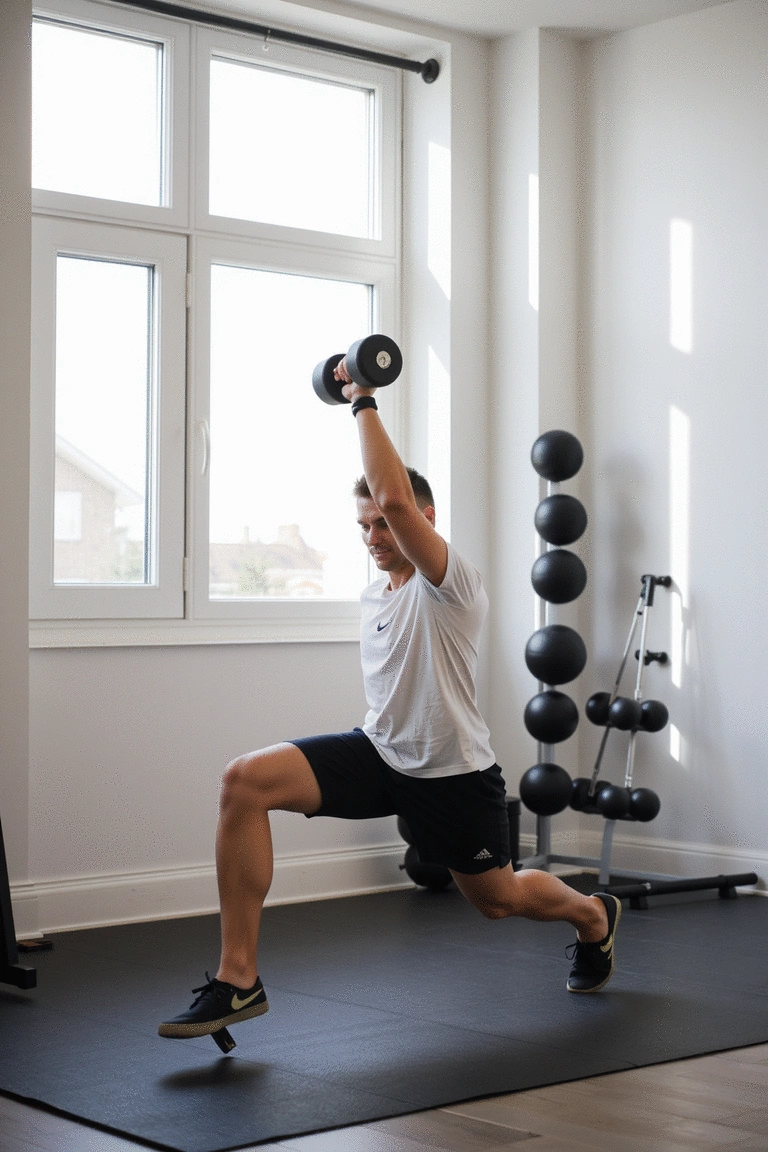
Combine exercises to maximize your workout efficiency and results.
Why this works: Combining exercises challenges multiple muscle groups, promoting efficiency and effectiveness. This full-body approach not only saves time but also enhances your confidence as you conquer new challenges in your fitness journey.
How to implement this step:
- Create a routine: Select 3-4 exercises and combine them into a circuit.
- Keep it varied: Rotate different moves weekly to avoid plateaus.
- Track your progress: Note improvements in strength and stamina for motivation.
💡 Pro Tip: Try adding a new exercise each week to keep your workouts fresh and exciting!
Step 7: Celebrate Your Progress and Set Goals
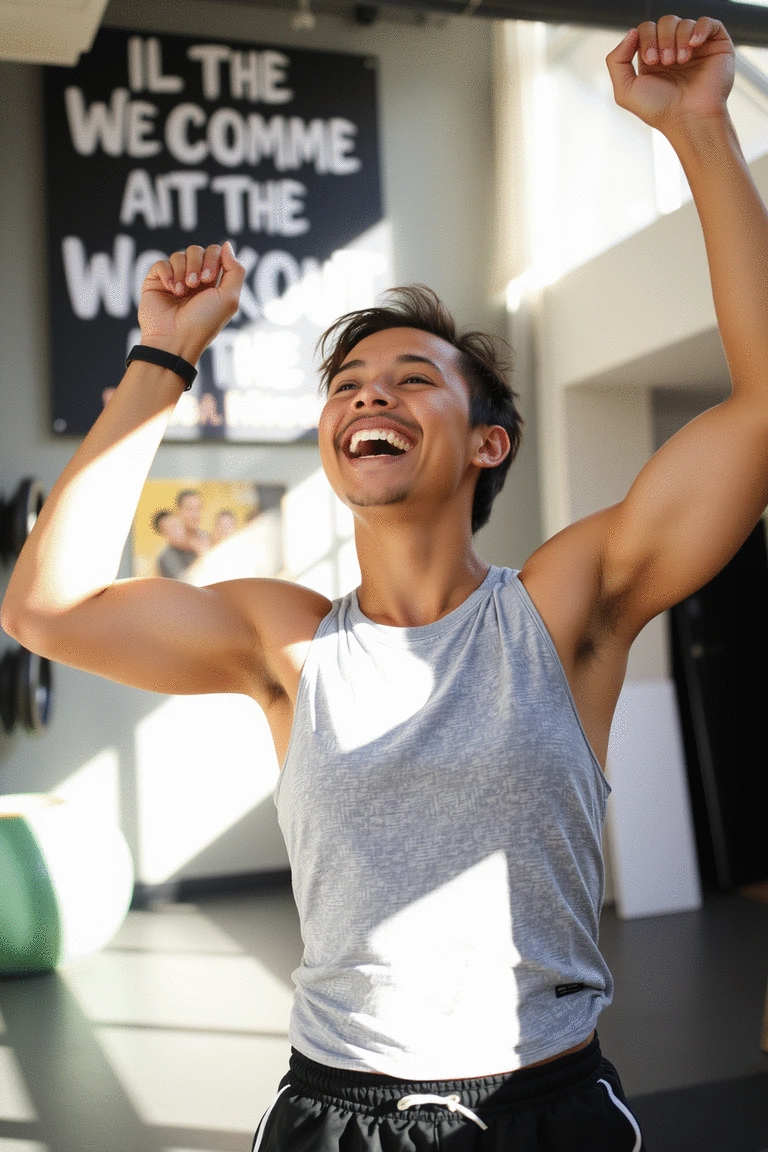
Recognize your achievements to boost confidence and motivation.
Why this works: Celebrating small victories reinforces positive behavior and helps to build self-confidence. Setting new goals keeps you motivated, ensuring your fitness journey remains exciting and fulfilling.
How to implement this step:
- Keep a journal: Document your workouts and achievements to track progress.
- Set new milestones: Challenge yourself with new goals every month.
- Reward yourself: Treat yourself to something special after reaching a goal!
💡 Pro Tip: Share your journey with friends or on social media to celebrate and inspire others!
